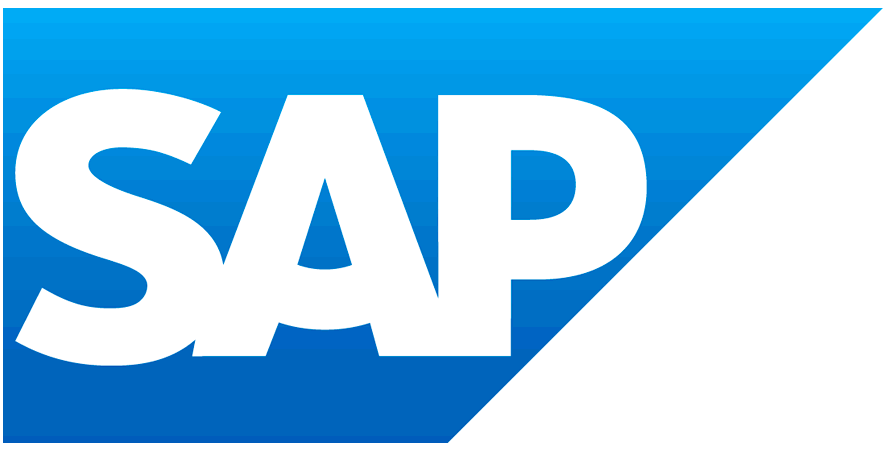Next-Gen ERP: Managing … and Saving the Panda Bears?
By Thomas Odenwald, Senior Vice President of Sustainability at SAP
Original content on Sustainable Brands
Enterprise Resource Planning (ERP) is an impressive concept. It covers everything from business operations to corporate governance. It includes streamlining and automating corporations; making all business processes highly efficient, cost-effective and fully automated; all resource use fully planned, controlled and understood. ERP today provides an integrated view of core business processes across various departments, ranging from sourcing, manufacturing and sales to accounting and payroll. ERP systems represent the nerve center and system of record of the world economy — from managing panda bears and making Cirque du Soleil dance to optimizing the biggest corporations in the world.
ERP systems will never cease to exist and evolve as long as the technology continues to develop. Mobile technology has expanded the input and output access for ERP data. Big Data and in-memory computing have improved methods of storing and managing ERP data. In addition, the cloud provides alternative deployment models for ERP.
But there is a flaw in today’s ERP systems when it comes to addressing big challenges such as resource scarcity and volatility, climate change, emissions, water shortage, loss of biodiversity and social aspects.
Continue reading the original blog about ERP on Sustainable Brands >>
Original source: Sustainable Brands

